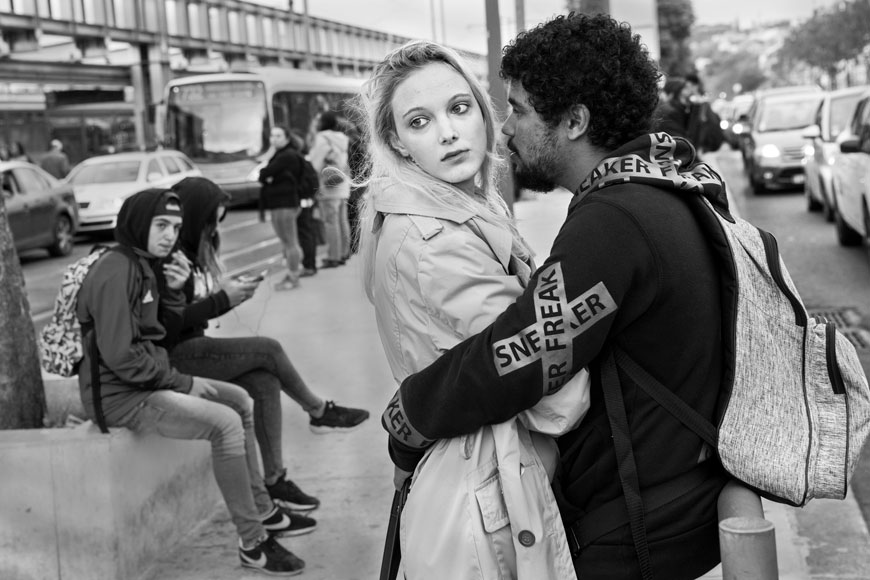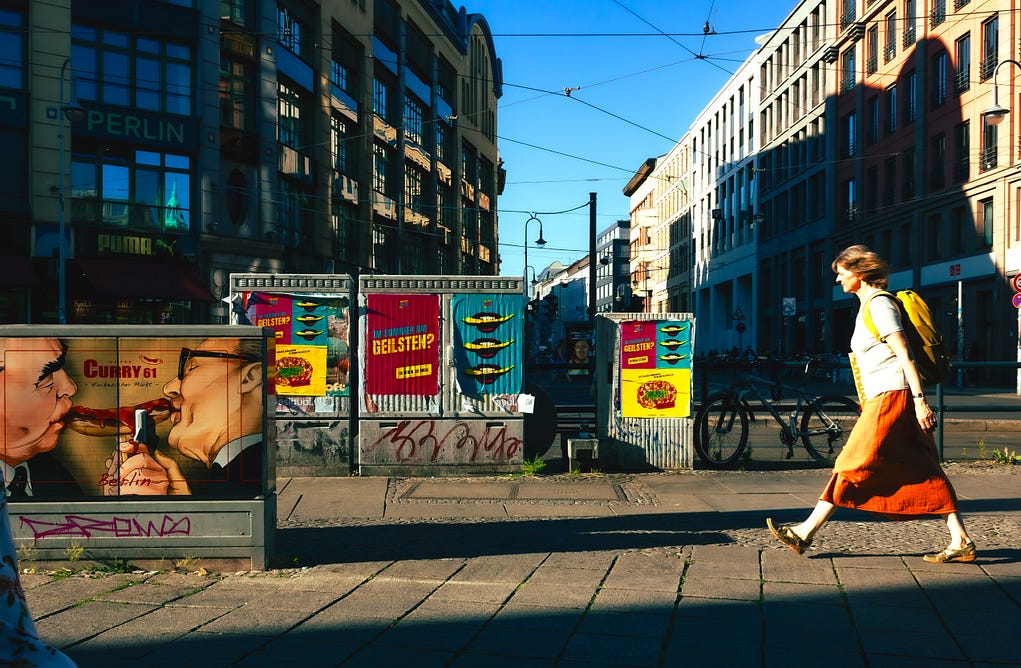Getting The Street Photographers To Work
Getting The Street Photographers To Work
Blog Article
Not known Incorrect Statements About Street Photographers
Table of ContentsAn Unbiased View of Street PhotographersThe smart Trick of Street Photographers That Nobody is DiscussingHow Street Photographers can Save You Time, Stress, and Money.Facts About Street Photographers UncoveredThe Main Principles Of Street Photographers
, a style of digital photography that documents daily life in a public location. The very publicness of the setup makes it possible for the photographer to take honest photos of complete strangers, commonly without their understanding. Street professional photographers do not always have a social purpose in mind, yet they choose to isolate and catch minutes which could otherwise go unnoticed.Though he was influenced by a number of those that influenced the road photographers of the 1950s and '60s, he was not chiefly interested in recording the spirit of the street. The impulse to aesthetically document people in public started with 19th-century painters such as Edgar Degas, douard Manet, and Henri de Toulouse-Lautrec, who worked side by side with photographers trying to record the essence of metropolitan life.

Offered the great quality of his photos and the breadth of product, architects and artists typically acquired Atget's prints to use as recommendation for their own work, though business passions were hardly his main motivation. Instead, he was driven to photo every last remnant of the Paris he liked. The mingled passion and necessity of his goal sparkle through, resulting in photos that narrate his very own experience of the city, top qualities that anticipated street photography of the 20th century.
Some Known Details About Street Photographers
They reveal the city via his eyes. His job and essential understanding of digital photography as an art form worked as motivation to generations of professional photographers that adhered to. The future generation of road professional photographers, though they likely did not refer to themselves thus, was ushered in by the photojournalism of Hungarian-born professional photographer Andr Kertsz.
Unlike his peers, Brassa utilized a larger-format Voigtlnder electronic camera with a longer exposure time, compeling him to be a lot more calculated and thoughtful in his method than he may have been if using a Leica. (It is assumed that he may not have been able to afford a Leica during that time, yet he did, nevertheless, utilize one in the late 1950s to take colour photographs.) Brassa's photos of the Paris abyss illuminated by synthetic light were a discovery, and the compilation of the series that he released, (1933 ), my response was a major success.
Cartier-Bresson was a champion of the Leica cam and one of the initial photographers to maximize its capacities. The Leica allowed the photographer to communicate with the environments and to record moments as they took place - Street Photographers. Its reasonably small size also helped the digital photographer fade into the history, which was Cartier-Bresson's preferred strategy
The Best Guide To Street Photographers
It is since of this basic understanding of the art of image taking that he is often credited with uncovering the medium throughout once more roughly a century since its invention. He took photographs for more than a half century and affected generations of digital photographers to trust their eye and instinct in the moment.
These are the questions I shall attempt to address: And afterwards I'll leave you with my own interpretation of road photography. Yes, we do. Allow's begin with specifying what a meaning is: According to it is: "The act of defining, or of making something definite, distinctive, or clear".
No, most definitely not. The term is both limiting and deceiving. Seems like a road digital photography must be photos of a roads ideal?! And all road professional photographers, with the exception of a tiny number of absolute newbies, will completely value that go now a street is not the essential element to road photography, and in fact if it's an image of a street with maybe a few dull people not doing anything of interest, that's not street photography that's a picture of a street.
He makes a valid point do not you think? While I concur with him I'm not sure "honest public photography" will certainly catch on (although I do kind of like the term "candid digital photography") since "road photography" has been around for a lengthy time, with numerous masters' names affixed to it, so I think the term is right here to remain.
6 Simple Techniques For Street Photographers
You can shoot at the coastline, at a festival, in a street, in a park, in a piazza, in a cafe, at a gallery or art gallery, in a metro terminal, at an event, on a bridge, under a bridge ...
Yes, I'm afraid we scared no choice! Without regulations we can not have a definition, and without a meaning we don't have a style, and without a genre we do not have anything to specify what we do, and so we are stuck in a "policies interpretation genre" loophole! - Street Photographers
Little Known Facts About Street Photographers.

Report this page